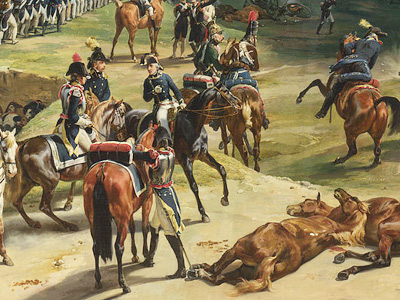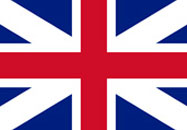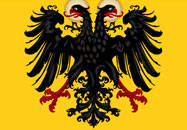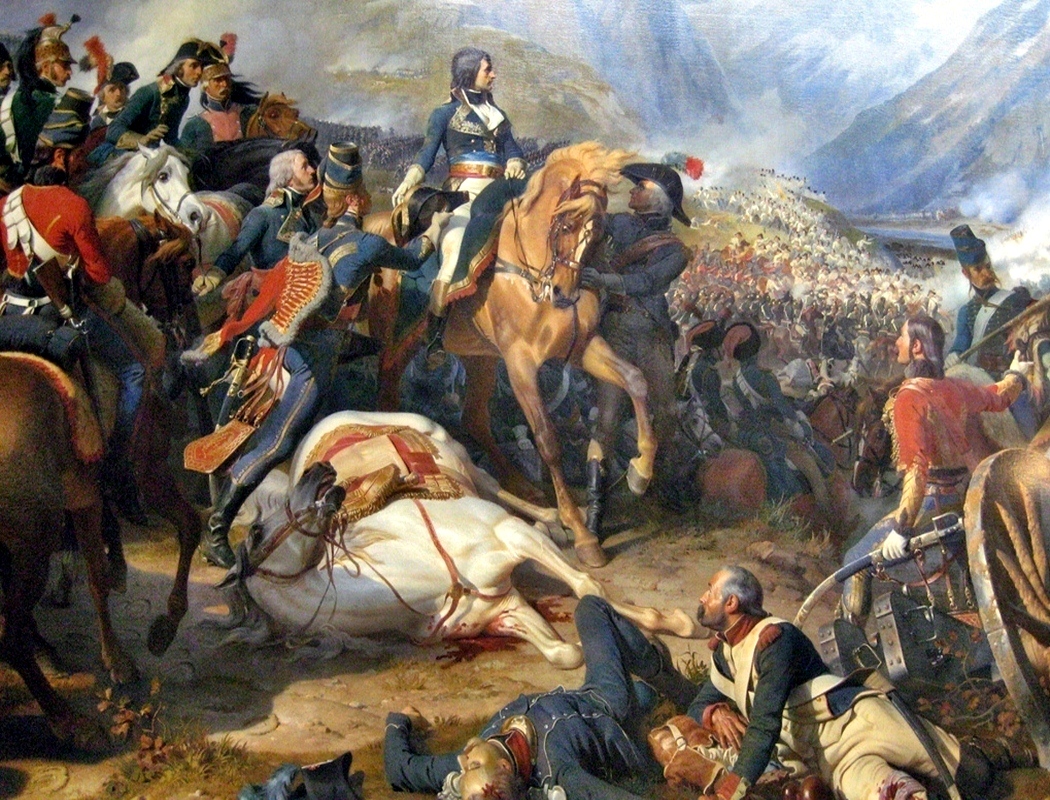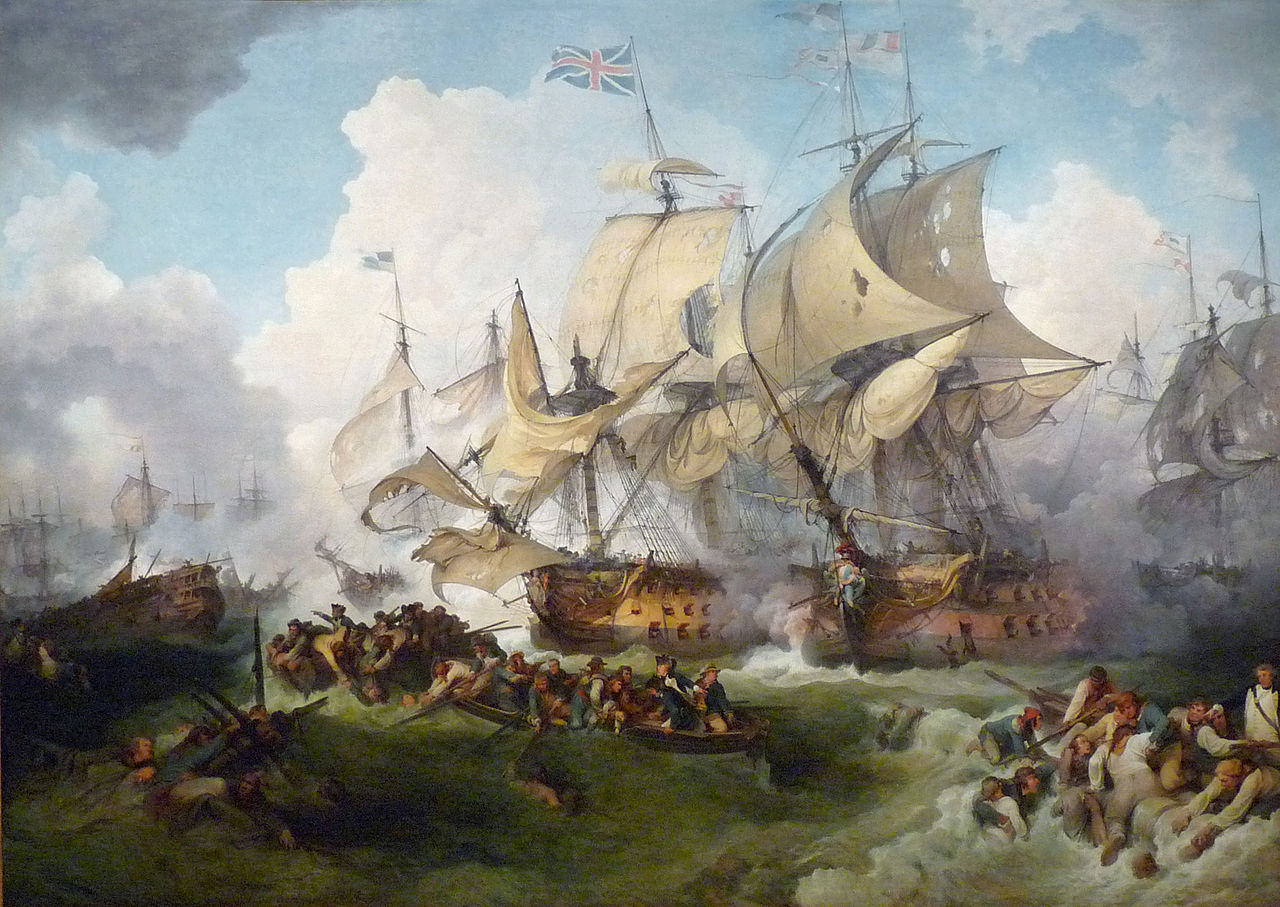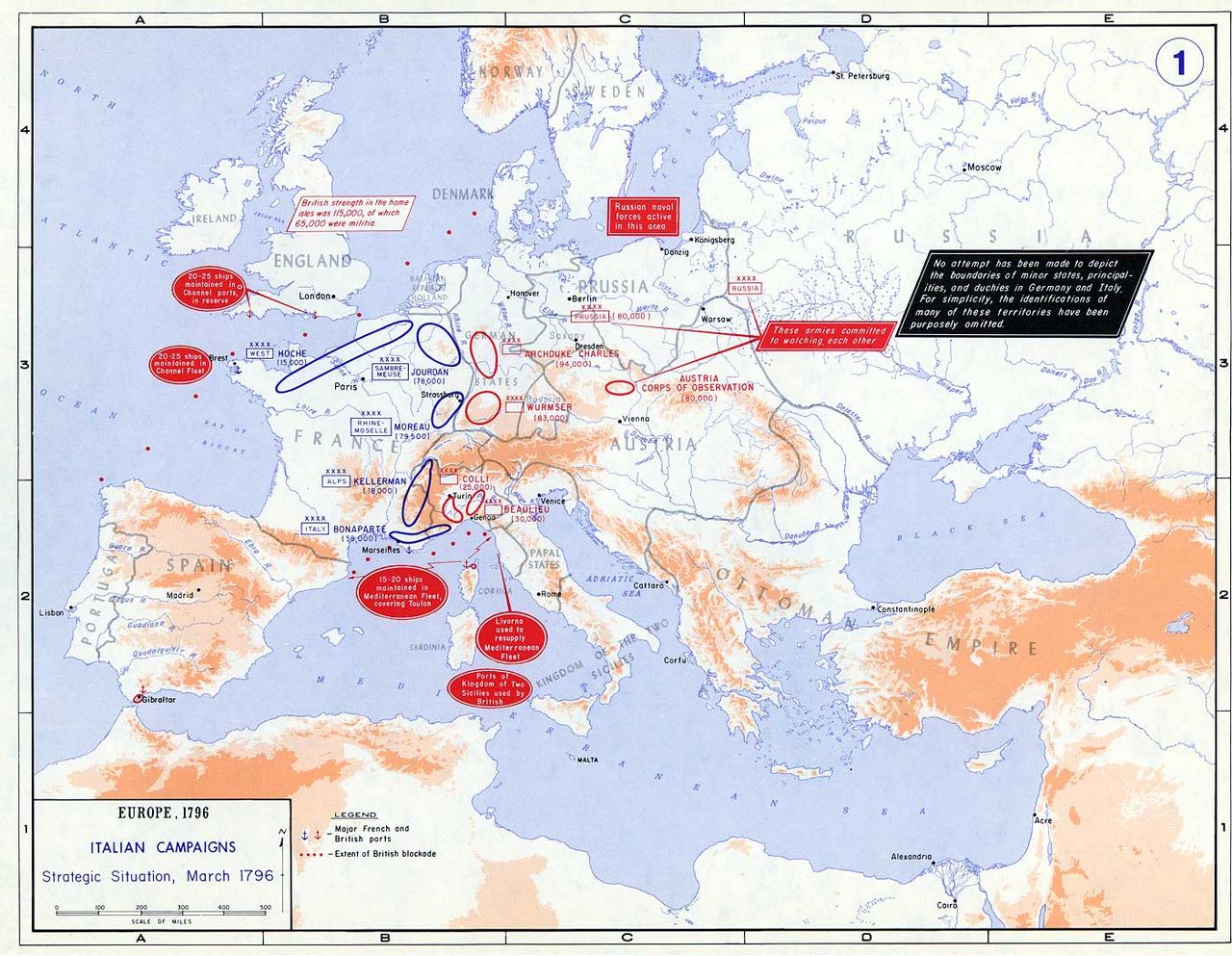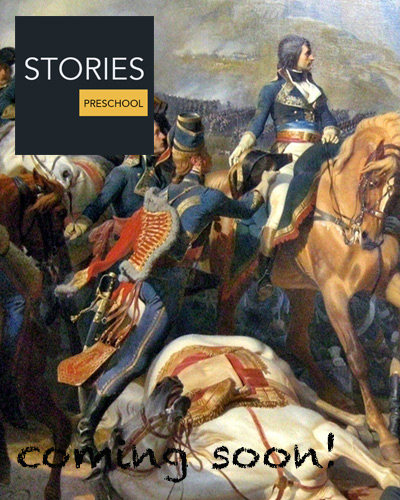War of the First Coalition (1792–1797)

Campaigns of 1792
Early setbacks for France
Dumouriez prepared an invasion of the Austrian Netherlands, where he expected the local population to rise against Austrian The Archduchy of Austria was a major principality of the Holy Roman Empire and the nucleus of the Habsburg monarchy. With its capital at Vienna, the archduchy was centered at the Empire's southeastern periphery. The archduchy's history as an imperial state ended with the dissolution of the Holy Roman Empire in 1806. It was replaced with the Lower and Upper Austria crown lands of the Austrian Empire. rule. However, the revolution had thoroughly disorganized the French army, which had insufficient forces for the invasion. Its soldiers fled at the first sign of battle, deserting en masse, in one case murdering General Théobald Dillon.
The Archduchy of Austria was a major principality of the Holy Roman Empire and the nucleus of the Habsburg monarchy. With its capital at Vienna, the archduchy was centered at the Empire's southeastern periphery. The archduchy's history as an imperial state ended with the dissolution of the Holy Roman Empire in 1806. It was replaced with the Lower and Upper Austria crown lands of the Austrian Empire. rule. However, the revolution had thoroughly disorganized the French army, which had insufficient forces for the invasion. Its soldiers fled at the first sign of battle, deserting en masse, in one case murdering General Théobald Dillon.
While the revolutionary government frantically raised fresh troops and reorganized its armies, an allied army under Charles William Ferdinand, Duke of Brunswick assembled at Koblenz on the Rhine. In July 1792 the invasion commenced. Brunswick's army, composed mostly of Prussian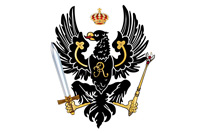 The Kingdom of Prussia was a German kingdom that constituted the state of Prussia between 1701 and 1918. It was the driving force behind the unification of Germany in 1871 and was the leading state of the German Empire until its dissolution in 1918. Although it took its name from the region called Prussia, it was based in the Margraviate of Brandenburg. Its capital was Berlin. veterans, took the fortresses of Longwy and Verdun. The Duke then issued a declaration on 25 July 1792, which had been written by the brothers of Louis XVI, that declared his [Brunswick's] intent to restore the French King to his full powers and to treat any person or town who opposed him as rebels to be condemned to death by martial law. This motivated the revolutionary army and government to oppose the Prussian invaders by any means necessary, and led almost immediately to the overthrow of the King by a crowd which stormed the Tuileries Palace.
The Kingdom of Prussia was a German kingdom that constituted the state of Prussia between 1701 and 1918. It was the driving force behind the unification of Germany in 1871 and was the leading state of the German Empire until its dissolution in 1918. Although it took its name from the region called Prussia, it was based in the Margraviate of Brandenburg. Its capital was Berlin. veterans, took the fortresses of Longwy and Verdun. The Duke then issued a declaration on 25 July 1792, which had been written by the brothers of Louis XVI, that declared his [Brunswick's] intent to restore the French King to his full powers and to treat any person or town who opposed him as rebels to be condemned to death by martial law. This motivated the revolutionary army and government to oppose the Prussian invaders by any means necessary, and led almost immediately to the overthrow of the King by a crowd which stormed the Tuileries Palace.
Tide Turns in France's Direction
The invaders continued on, but at Valmy on 20 September 1792 they came to a stalemate against Dumouriez and Kellermann in which the highly professional French artillery distinguished itself. Although the battle was a tactical draw, it gave a great boost to French morale. Furthermore, the Prussians, facing a campaign longer and more costly than predicted, decided against the cost and risk of continued fighting, and determined to retreat from France to preserve their army.
Meanwhile, the French In the history of France, French First Republic, sometimes referred to in historiography as Revolutionary France, and officially the French Republic, was founded on 21 September 1792 during the French Revolution. The First Republic lasted until the declaration of the First Empire on 18 May 1804 under Napoléon Bonaparte, although the form of the government changed several times. had been successful on several other fronts, occupying Savoy and Nice in Italy, while General Custine invaded Germany, capturing Speyer, Worms and Mainz along the Rhine, and reaching as far as Frankfurt. Dumouriez went on the offensive in Belgium once again, winning a great victory over the Austrians at Jemappes on 6 November 1792, and occupying the entire country by the beginning of winter.
In the history of France, French First Republic, sometimes referred to in historiography as Revolutionary France, and officially the French Republic, was founded on 21 September 1792 during the French Revolution. The First Republic lasted until the declaration of the First Empire on 18 May 1804 under Napoléon Bonaparte, although the form of the government changed several times. had been successful on several other fronts, occupying Savoy and Nice in Italy, while General Custine invaded Germany, capturing Speyer, Worms and Mainz along the Rhine, and reaching as far as Frankfurt. Dumouriez went on the offensive in Belgium once again, winning a great victory over the Austrians at Jemappes on 6 November 1792, and occupying the entire country by the beginning of winter.
HISTORY

RESOURCES
This article uses material from the Wikipedia article "War of the First Coalition", which is released under the Creative Commons Attribution-Share-Alike License 3.0.
© Stories Preschool. All Rights Reserved.
